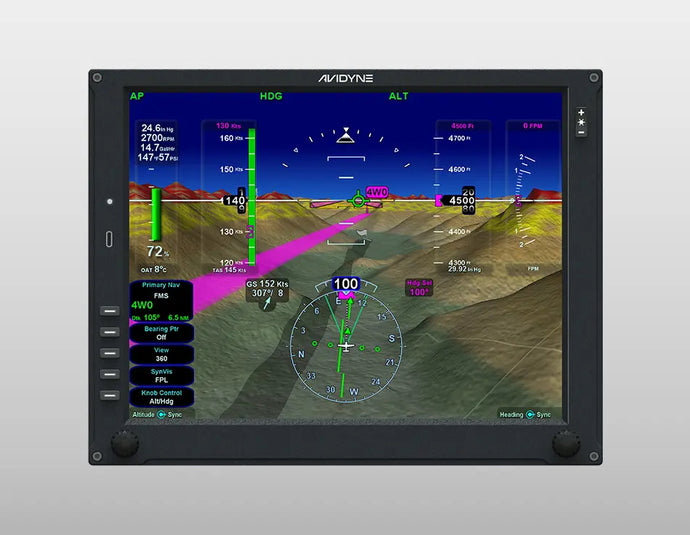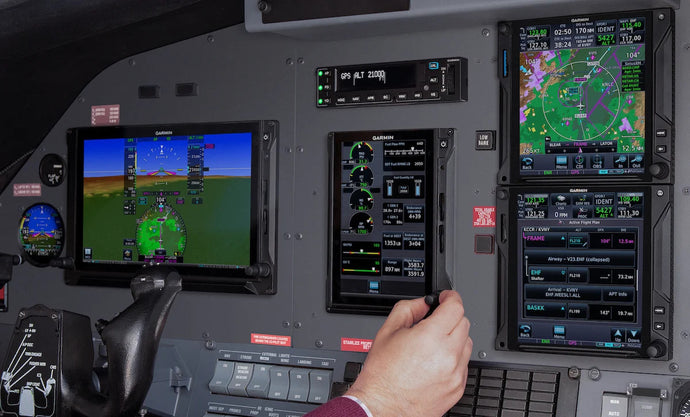You have questions about your avionics needs. Our VP of Avionics Sales, Scott Gregory has the answers.

|
Q:I hear a lot about ADS-B, but how exactly will the technology affect my safety? As the official Q&A guy for Leading Edge Avionics, my inbox is loaded with emails from pilots asking about the safety aspects of ADS-B. My first thought when I see these types of questions are: “Yikes! After almost a decade since the mandate was put into motion, why are we still having this conversation?!” ADS-B is essentially a technology that works behind the scenes to provide pilots with a greater depth of tools, information and technology need to make flying safer and I daresay, more efficient. Safety isn’t a benefit of ADS-B – it’s the whole purpose of it. |
|
For starters, ADS-B Out gives controllers precise information on your aircraft’s location. That’s important because it allows them to do a much better job of traffic planning and separation. Now for those flying aces like you, this may not be such a problem. But sadly, not every pilot is as good as position reporting as you are. For those without your master-level Jedi skills, this new technology can come in quite handy.
Here’s the rub though. If you’re only considering the basic ADS-B Out, you may be missing out. If ADS-B Out is good, upgrading to an ADS-B transponder with “In” capability is way better. It’s like ordering a plain hamburger from the McDonald’s value menu and unwrapping a Big Mac instead. Sure they’re both burgers, but you’ll get far more enjoyment out of the one with more stuff on it. Even if it costs a little more.
Unlike the Big Mac, ADS-B In’s secret sauce is in the position/direction/airspeed and altitude information from other equipped aircraft in your vicinity that you’ll be receiving automatically. In practical terms, that means if you ever fly where there’s no radar coverage, like at an uncontrolled airport, you can imagine what a safety advantage that will be. Plus, ADS-B In also gives you free datalink weather.
So at the end of the day, ADS-B isn’t just a new requirement that costs you money. It’s actually a safety feature that saves you money. And who wouldn’t want a piece of that?











